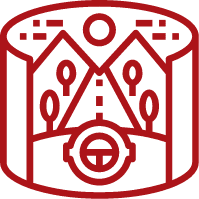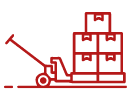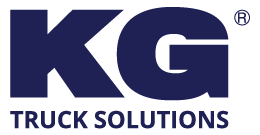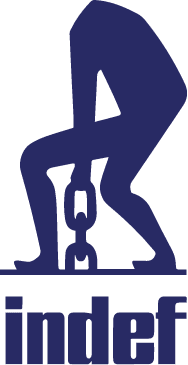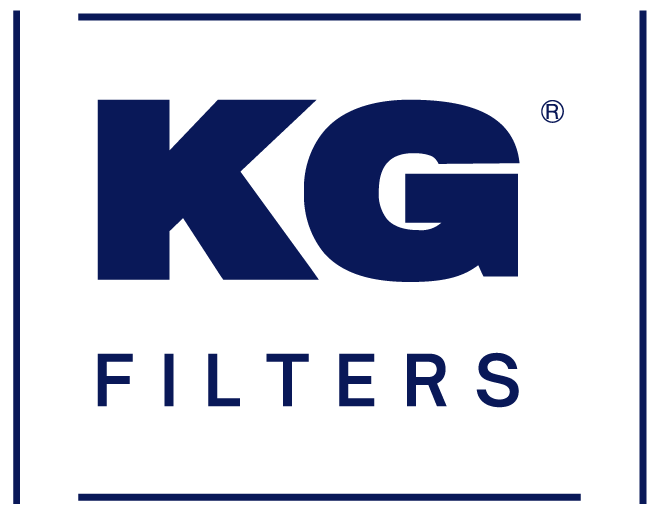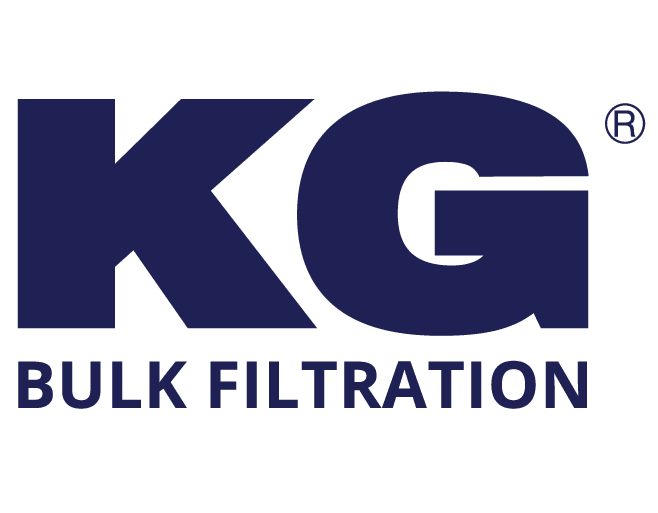Are you facing a challenge with handling heavy axial loads? Do you want to know the secret weapon engineers use? The answer often lies in the versatile thrust bearings. This blog post explores various thrust bearing uses. Let’s discuss why its design makes it perfect for axial load applications and assess its strengths and applications across industries.
What is a Thrust Bearing?
A thrust bearing is a special type of rotary bearing designed to support a high axial load, which means the force runs parallel to the shaft. Unlike radial bearings that handle perpendicular forces, thrust bearings are engineered specifically for end-to-end pressure.
Key Design Features for Axial Load
Several features make thrust bearings ideal for axial loads:
- Optimized Contact Area: Thrust bearings maximize the contact area to distribute load evenly.
- Robust Materials: Materials like steel and ceramics are used for their strength and pressure resistance.
- Precision Engineering: Tight tolerances ensure even load distribution and reliable performance.
- Variety of Types: Different configurations are available for specific industrial needs.
Thrust Bearing Applications: Where Do They Perform Best?
Thanks to their axial load capacity, thrust bearings are used in several key industries:
1. Automotive Applications
- Transmissions: Enable smooth gear shifts by handling forces during gear engagement.
- Clutches: Essential for efficient power transfer during clutch operation.
Fact: An average car contains 3–4 thrust bearings to support smooth functioning.
2. Industrial Machinery
- Gearboxes: Stabilize shafts and handle gear-induced axial forces.
- Pumps: Support shafts in axial load-generating designs.
- Cranes: Facilitate safe lifting by bearing vertical loads.
Example: Steel rolling mills often use large thrust bearings to manage extreme axial pressures.
3. Marine Applications
- Propeller Shafts: Transfer thrust from propeller to the hull.
- Submarines: Use specialized bearings to withstand deep-water pressures.
- Oil Rigs: Employed in drilling and pumping systems offshore.
Fact: Marine operations depend on hundreds of thousands of thrust bearings for propulsion and processing.
4. Machine Tools
- Lathes: Support the spindle in the headstock for precision cutting.
- Drilling Machines: Withstand vertical forces during penetration.
- Milling Machines: Maintain axis stability during complex cuts.
Precision: Some applications require tolerances within micrometers.
5. Wind Turbines
- Main Shafts: Handle wind-induced axial forces for smooth rotation.
- Gearbox Systems: Maintain efficient power conversion with stable support.
Market Insight: Demand for thrust bearings in wind turbines is rising at 10% annually due to the green energy boom.
6. Oil and Gas Industry
- Drilling Rigs: Support drill strings under extreme pressure.
- Pumping Systems: Ensure reliability during continuous operation.
Use Case: Refinery equipment includes thrust bearings for efficient fluid movement.
7. Construction Equipment
- Excavators: Enable cab rotation through slew ring systems.
- Cranes: Support heavy lifting with axial resistance.
- Bulldozers: Improve load support for mobile parts like tracks.
8. Agricultural Machinery
- Tractors: Use them in axles and transmissions to manage heavy field loads.
- Harvesters: Improve reliability during peak farming seasons.
- Planting Equipment: Enable accurate, stress-free seed placement.
How to Choose the Right Thrust Bearing
Consider these factors to ensure proper selection:
- Load Requirements: Determine the axial load to be supported.
- Speed: Know the operating speed to avoid overheating or failure.
- Operating Conditions: Consider temperature, environment, and lubrication.
- Space Constraints: Match the bearing size with design limitations.
- Durability: Choose materials and specs based on life expectancy needs.
KG International – Your Trusted Bearing Partner
KG International provides a comprehensive range of thrust bearings for automotive, industrial, marine, and renewable energy applications. For customized solutions, reach out to KG International.


